Freedom, as a matter of fact, is a matter of faith.
H Masud Taj
In its 2020 letter to IIM Ahmedabad’s director, objecting to the then-proposed demolition, the FAAA- AGM 2020- Alumni Members (CEPT University- Ahmedabad)’s had used the IIM Logo as a metaphor: “The Very Logo of the IIMA- representative of the 16th century Sidi Syed Masjid Jali –is also a reminder to all of us -of the Visionaries & their inclusive conception of this Great institution & as an epicentre of Learning- an ethos that Kahn embodied in the very works that stand on the campus -as a living testimony.”
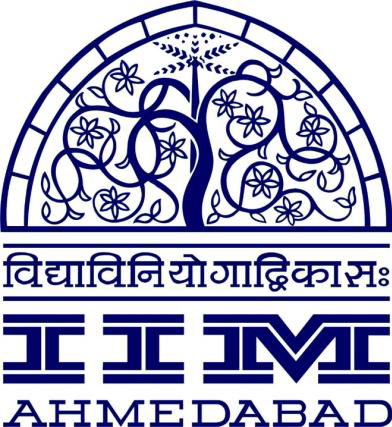
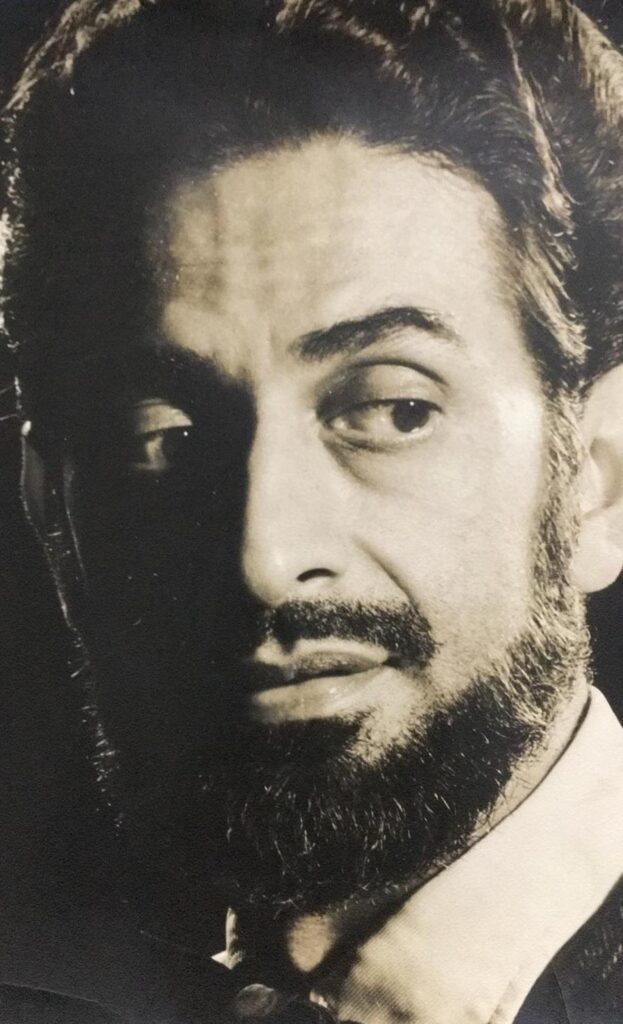
Born on the longest day of the summer solstice, my father passed away on the shortest day of the winter solstice in 2018. He was 94. The day before, on my round-the-world lecture tour, I had reached New Zealand. During a video chat, he suggested I return to Ottawa. A few hours later I was on a flight home leaving the longest day in the Southern Hemisphere, crossing the International Date Line and entering the longest night of the Northern Hemisphere. That flight over the Pacific Ocean ominously connected both his solstices.
When he saw me, my father said he was surprised and happy. We spent a memorable night together, whenever he woke up we would talk. The last thing he asked me before falling asleep that night was about my trip. I said, “it fulfilled all your prayers for me.” He gave me his unforgettable smile.
I owe my love of teaching to my father. This recollection is about his formative role in my endeavours.
My father instilled in my sisters and me a curiosity about the world and a love of books. Dad, a rising star in the advertising world of Bombay, designed both the Zodiac logo and India’s iconic IIM logo with its “ever-dreaming and aspiring stars” on a tree of life inspired by the Sidi Saiyad Mosque jalli. (He would remind us of the tree verse in Quran 14:24). Returning with honoraria from giving talks, he would then take us to a bookshop and leave us there to browse to our hearts’ content. We could each buy as many books as we wanted. I once bought an entire colourful set of sixteen volumes of a children’s series from the UK: ‘The Knowledge Encyclopaedia.’ When it came to knowledge, my father placed no limits, as long as it built our character. The Urdu word for knowledge is taleem. Father always used the word as part of the phrase taleem-o-tarbiat: ‘knowledge-and-character forming.’ In other words, learning had to be transformative to qualify as knowledge (otherwise it was mere information).
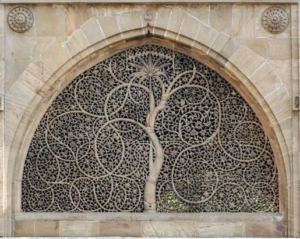
For instance, when I began primary school, my father enrolled me in an exclusive private school in Juhu, designed by an apprentice of Frank Lloyd Wright (I would grow up to be an architect). The school had children of pilots, considered a glamourous profession those days, and even movie stars.
I soon stopped playing with my neighbour. “Why?” My father asked me between puffs of his aromatic pipe and without lowering the newspaper that he read after breakfast.
“Because he’s poor” I replied matter-of-factly.
The next day I was removed from the glamorous school and enrolled in a very ordinary school in our neighbourhood. I soon resumed playing with my neighbour.
I spent the next six years in that uninspiring school. The only eventful times were at recess when some bully couldn’t stand the sight of my starched and well-pressed uniform and shiny shoes. I would return home messed up, much to my mother’s horror. But I could not convince her to lower her standards of haute couture. Meanwhile, my father was a ‘Fashion Ambassador’ model in Digjam suiting adverts.
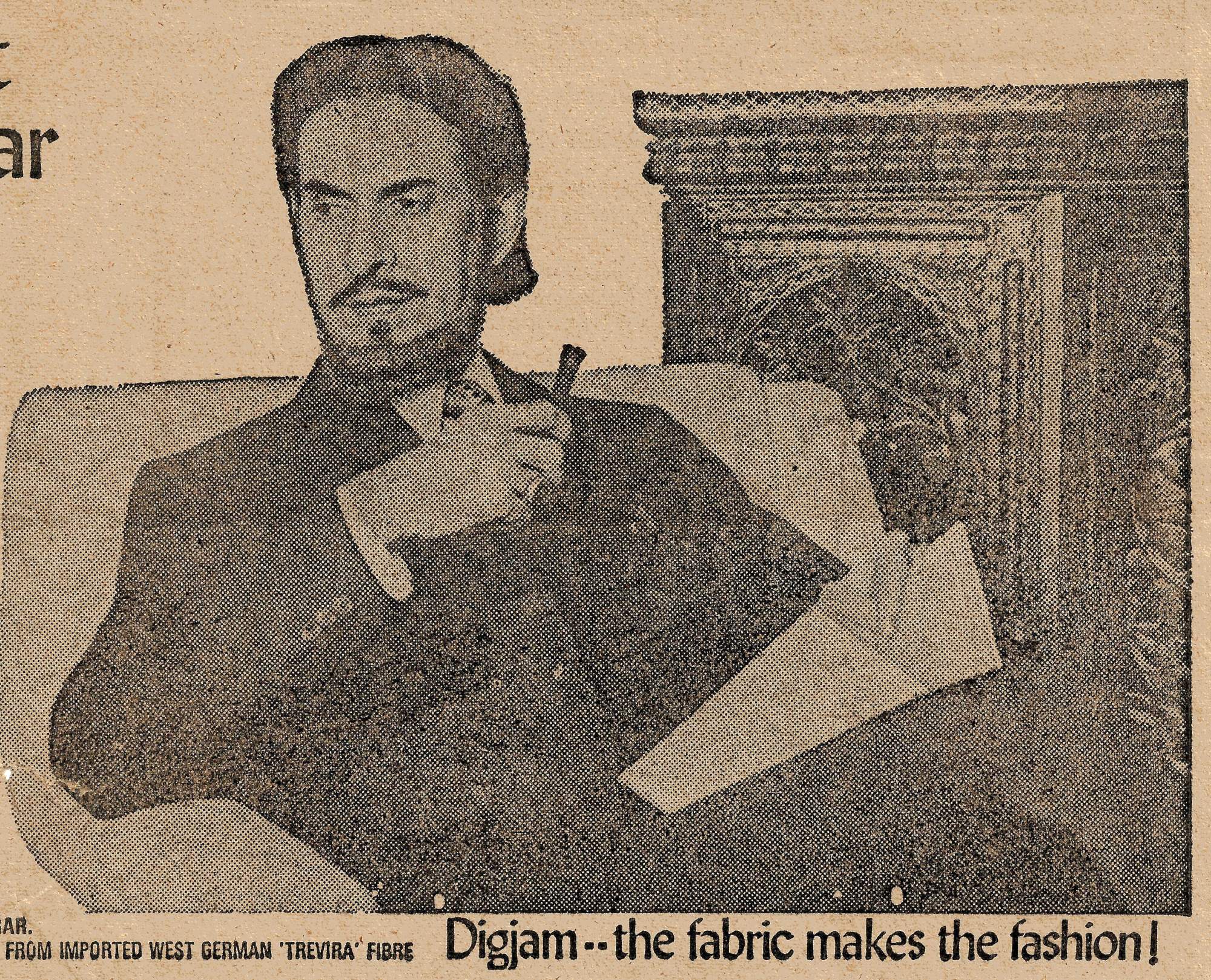
Reaching middle school, I chose to enrol in a boarding school. The best schools in India were built atop hill towns, a legacy of British rule. So the whole family had a sojourn in the hill resort of Panchgani while Dad and I hired bicycles and visited schools. He would wait patiently during each climb as I cycled my way up, or walked up a steep slope pushing my gearless cycle.
I chose St Peter’s High School – a Roman Catholic school that Freddie Mercury had left four years earlier. It was famed for being the best boys’ school on the picturesque resort and even had a Canadian chef. This seemed exotic to me as, at eleven years old, I didn’t know where Canada was. I soon learned about the limitations of both the cuisine and the Christian rule of turning the other cheek. Boxing was a mandatory part of the extra-curricular activities and Dad was pleased with this since he himself was adept at the Indian martial art of shishpar (a sport that uses a pole with a spear at one end and a mace at the other; a variation of the gandasa axe seen in Maula Jatt).
My first month ended with the entire Grade Seven being caned by a frustrated Anglo-Indian teacher. We each had to strip off our shorts and bend while holding on to the edge of the desk. I can still hear the ominous whoosh of the flexible riding cane just before receiving the choicest of whacks. The burning sting brought instant tears to my eyes.
Dad never raised his voice to his children, let alone his hand. The next day, I recall standing (sitting was painful) and writing a letter home saying I had changed my mind and would like to change schools. My father’s elegant calligraphy arrived by mail two weeks later. He explained that we had to learn to tackle the unintended consequences of our decisions and he was sure I would find ways of surviving till the end of the school term. I avoided being caned again while I honed my boxing stances, believing it was better to give than to receive.
My next school was in Ooty, even further away from home atop a 7,000-foot high mountain resort that took four trains and three days to reach. The Blue Mountains School was based on the teachings of the arch-sceptic philosopher J D Krishnamurti. My father, a devout Muslim who, I recall, never missed one of the five daily prayers, may have been concerned about my spiritual state. I was attuned to matters worldlier with a long list of questions beginning with cuisine and corporal punishment. So he drove me to the neighbouring town to meet the school’s director who was amused at my list of pointed questions. Satisfied with the answers, off I went to a far-away school that I had never seen (and my family never saw).
Each year when the school would send the travel form to my father to advise on bookings for the annual vacation travel, my father would simply sign the form and mail it back to me, leaving me to choose the route. The first time in my life that I flew was with a classmate as we returned home.
After finishing school by clearing the University of Cambridge, Local Syndicate Examinations (with Additional Mathematics) with a first grade, I returned home and declared maths was fine but medicine more enticing. Soon I was dissecting frogs, earthworms and cockroaches at the university before switching to liberal arts. All along my father defended me from relatives concerned about my waywardness and lack of a career path.
In architecture, I finally found my calling, and the family was relieved. But not for long as, after my first-year studies I dropped out to visit buildings around the world. Dad convinced Mom I would be all right. I worked in a furniture factory in the Middle East, and then I backpacked across 13 countries before returning home after two and half years to resume from where I left off.
In recent years conducting architectural studios at Azrieli School of Architecture and Urbanism, I gave the space and a taste of freedom to my students that my father had given me when I was young and that was encapsulated in my high school’s motto “Dare To Be Free.” My father’s pedagogy was based on respect for a younger human being, an openness to radical difference and an irreducible faith in a youngster’s ability to find those answers that truly matter. My success at delivering lectures on topics of Muslim Civilization at Carleton University’s Centre for Initiatives in Education is based on my father’s faith, born of practice and more orthopraxy than orthodoxy. Little wonder I won the Capital Educators Award, followed by the CUSA Award in Teaching Excellence the next year.
Hence at the teaching awards ceremony, my acceptance speech concluded by saying:
My parents’ faith in their children remains unshaken: they told me I was going to win the award and that I should read out their greetings to all the teachers assembled here. So here is the message from my parents:
Prophet Muhammad (may peace and blessings are upon him) said: “God, His angels and all those in heavens and on earth, even ants in their hills and fish in the water call down blessings on those who teach others beneficial knowledge.
As the doyen of Indian Advertising, Gerson da Cunha, said “Hasan Taj was a byword in Indian advertising in the 1950s and then in packaging design.” In his new career, my father was equally successful, winning the Worldstar for the first time for India and the Clio Award (packaging’s answer to the Oscars) three years in a row, a record in itself. Yet, he would eschew adulation and never went to receive his many awards in India and abroad and remained content that he had put the country on the map in his field. His second career culminated with a Lifetime Achievement Award in Packaging (the only award ceremony he attended).
When my father left advertising at the pinnacle of his career, as Gerson da Cunha said it was “a blow from which the organization never really recovered.” Four artists worked for a week on his farewell panel. The Mughal Farewell hangs in our living room, its words more poignant now than when they were composed half a century ago: “Above all, we shall miss three things: His talent, his gentleness and his quiet sense of humour. Truly we are losing a Taj of priceless value.”
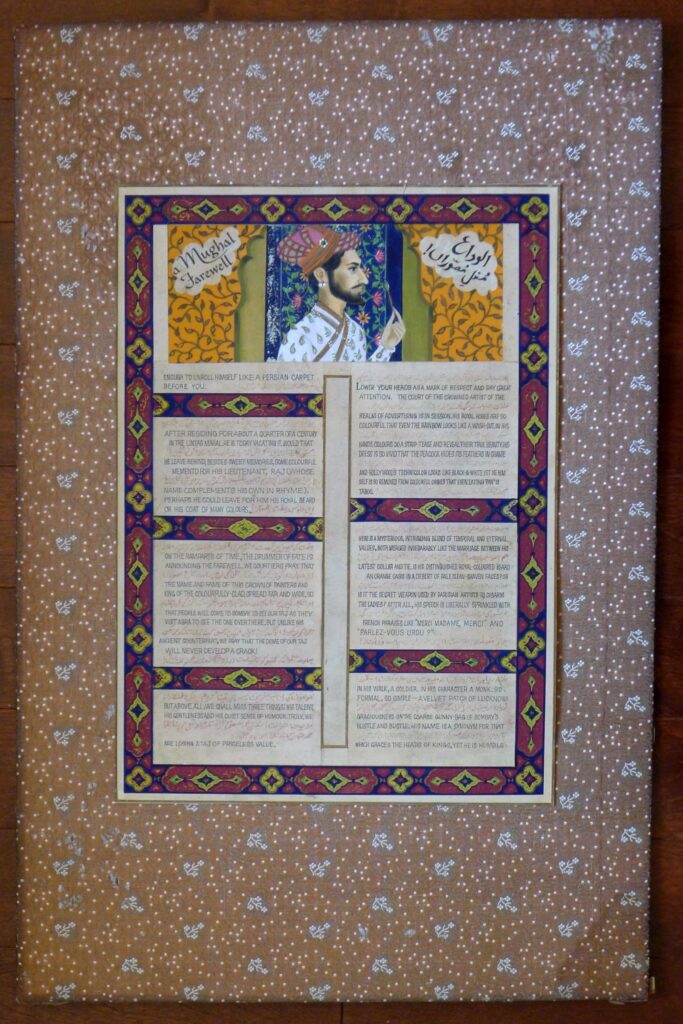
I visit my father’s grave on the first Friday of each month. The Muslim cemetery in Ottawa is minimal; graves bear no tombstones. Most days at the cemetery I am alone. The only footsteps in the stark snow-covered landscape are the ones I make to reach him. Standing by a white mound smoothed out in an expanse of snow, with just the wind and wind chill for company, I feel like the last human being on earth. After a snowstorm, that mound disappeared.
It is apt that there is so little to see, only the snow and the dark evergreens at the cemetery boundary. My father would tell me, “Do not be distracted by the visible, for the intangible matters more. In life and death, what is right before our eyes is merely a gateway to the truth that we need to see, hidden in plain sight.” Likewise in teaching. After all, education is from educere: to draw out what is latent within. A matter of unshakeable faith.
The tree verse is given in A Tale of a Tree. An inkling of the author’s teaching architectural studios can be gained from Recollections of an Unconventional Pedagogy. The pre-pandemic World Lecture Tour (without a cellphone) mentioned at the beginning, appears to belong to a world that appears to have passed.

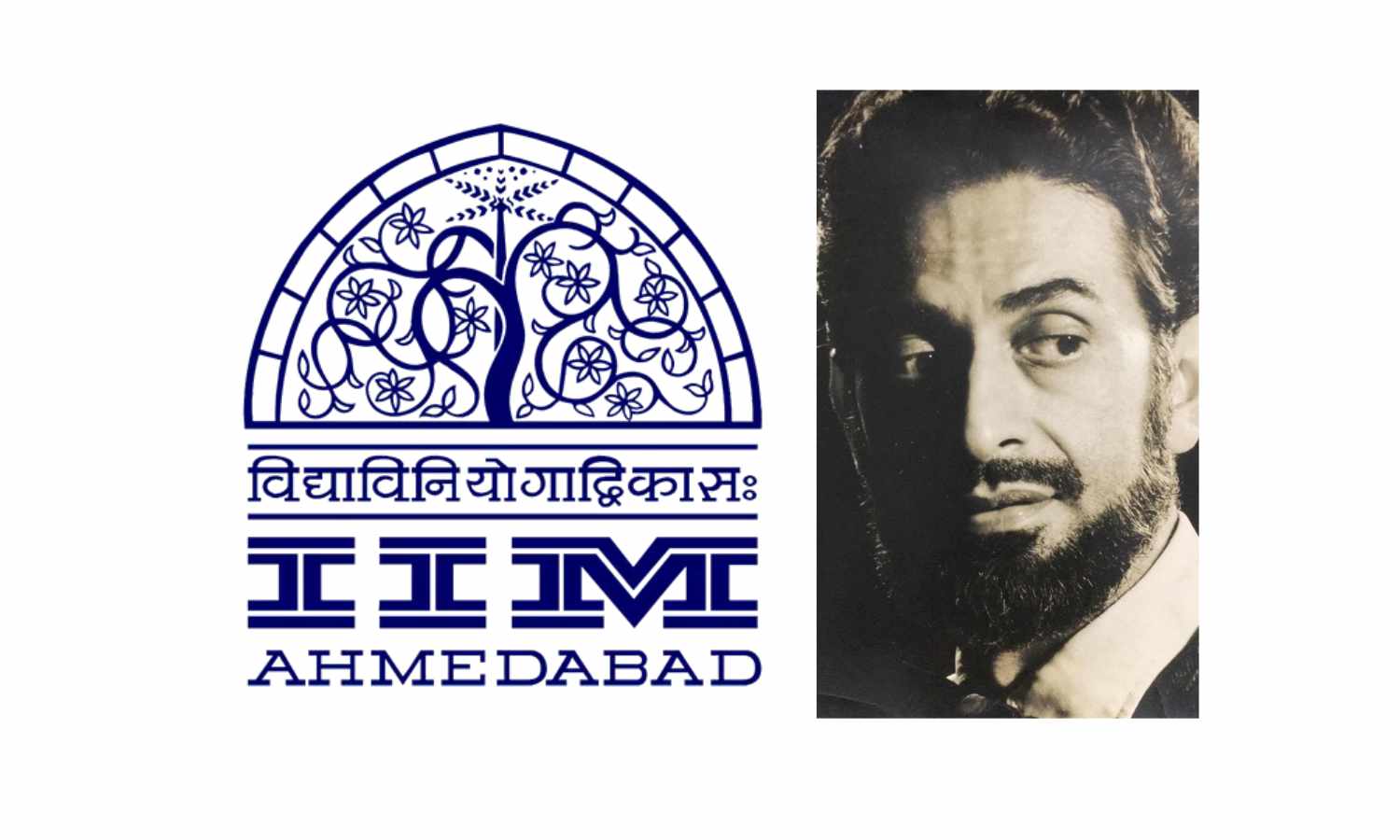
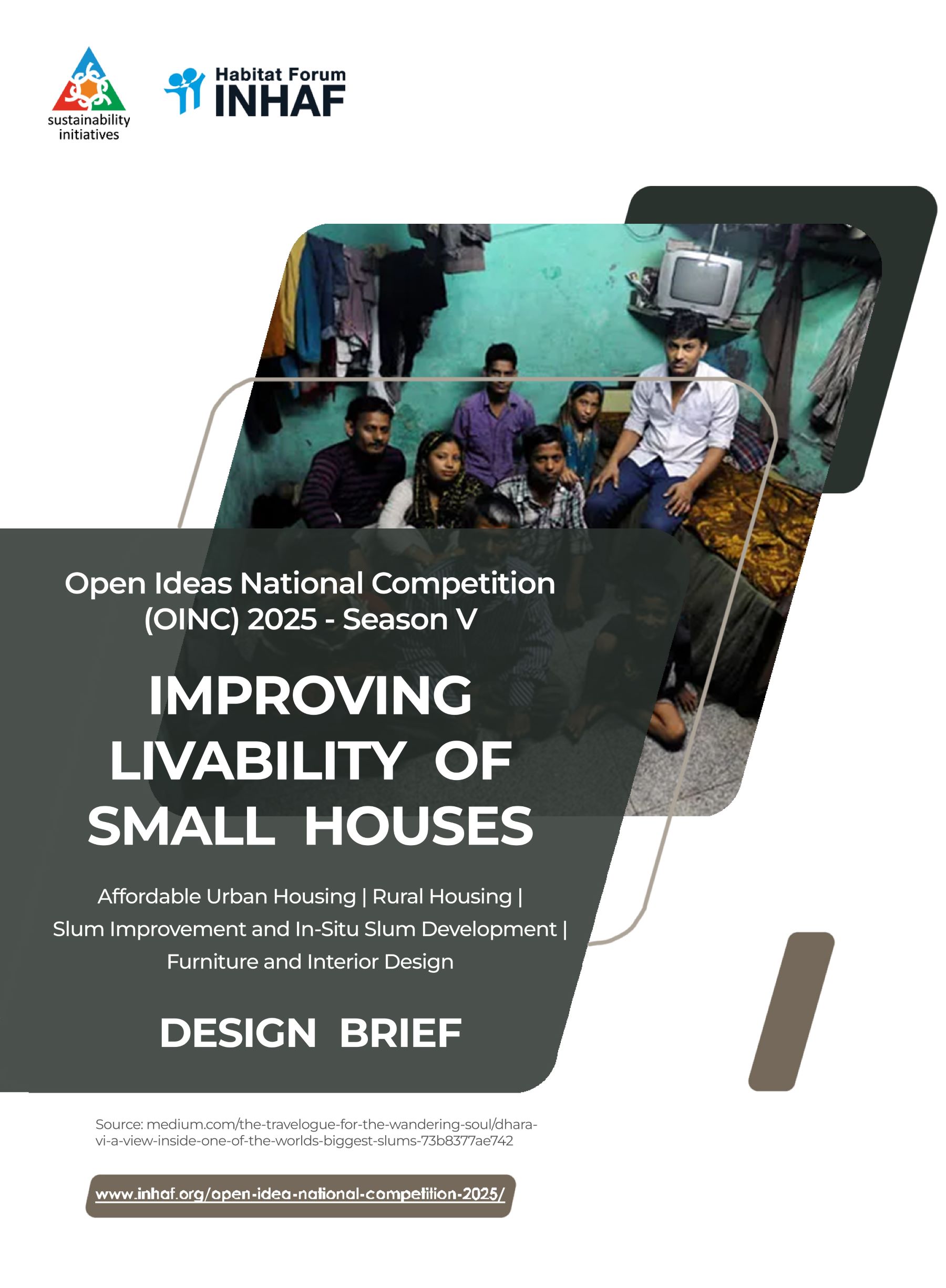
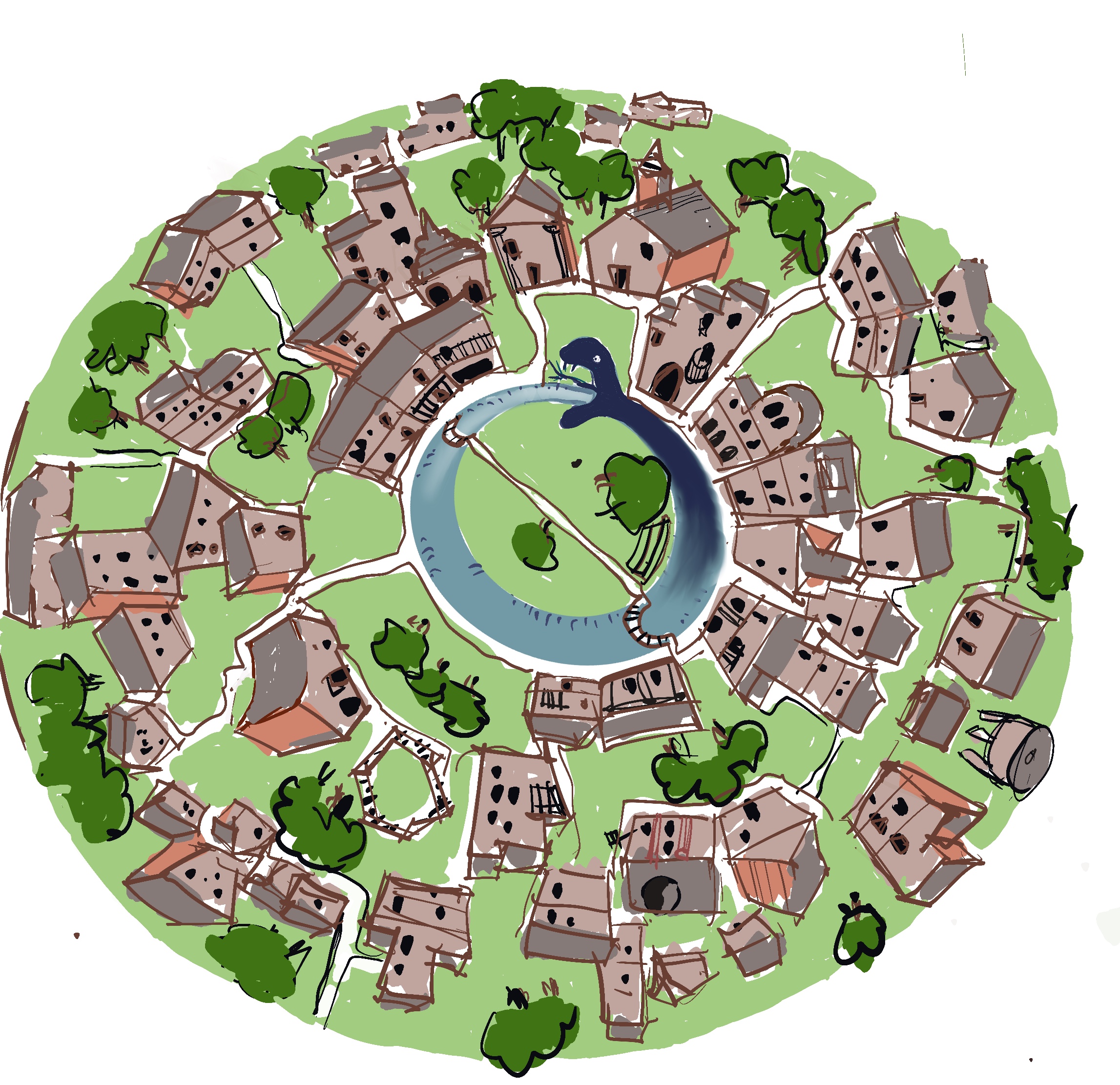

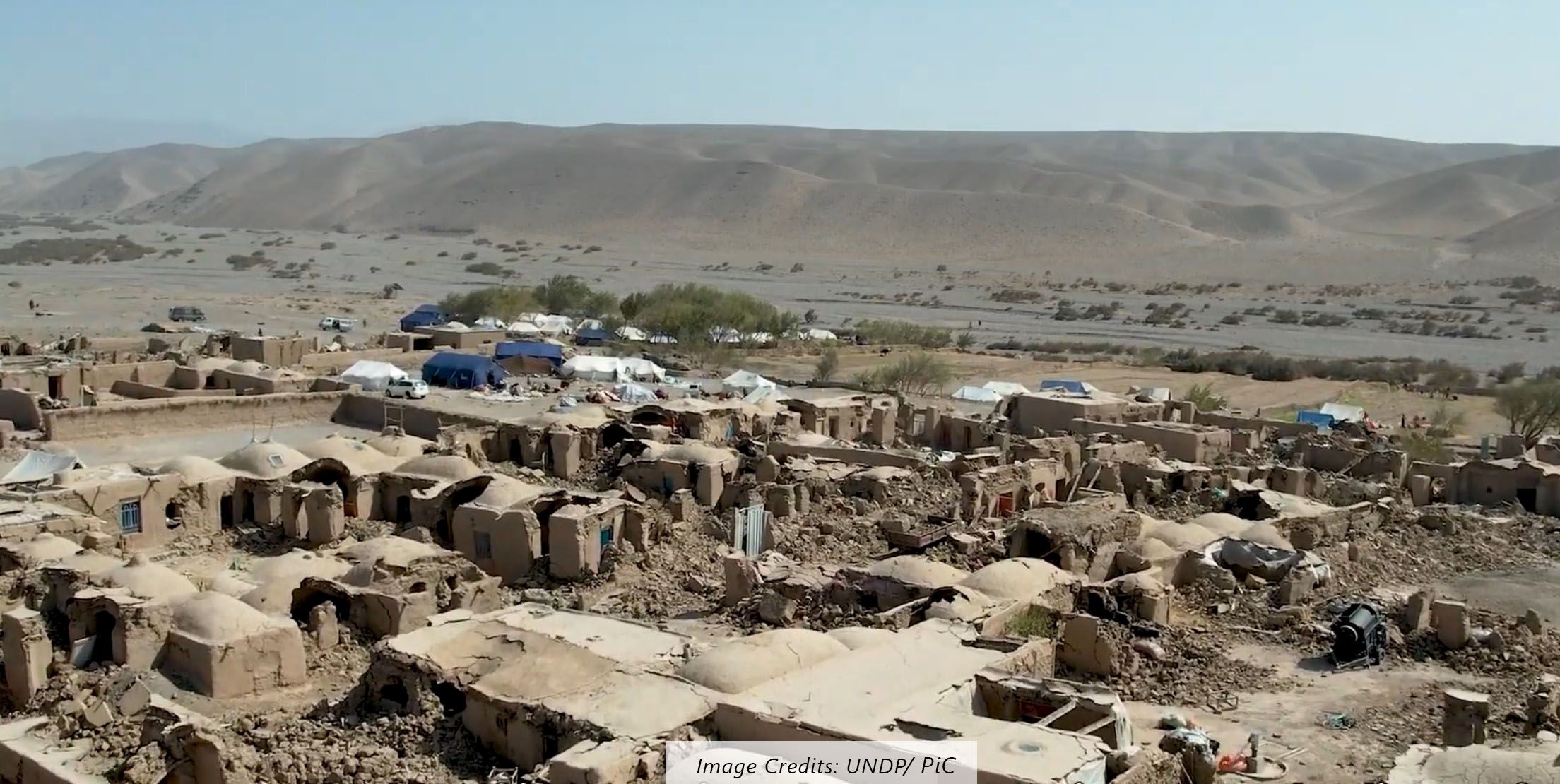
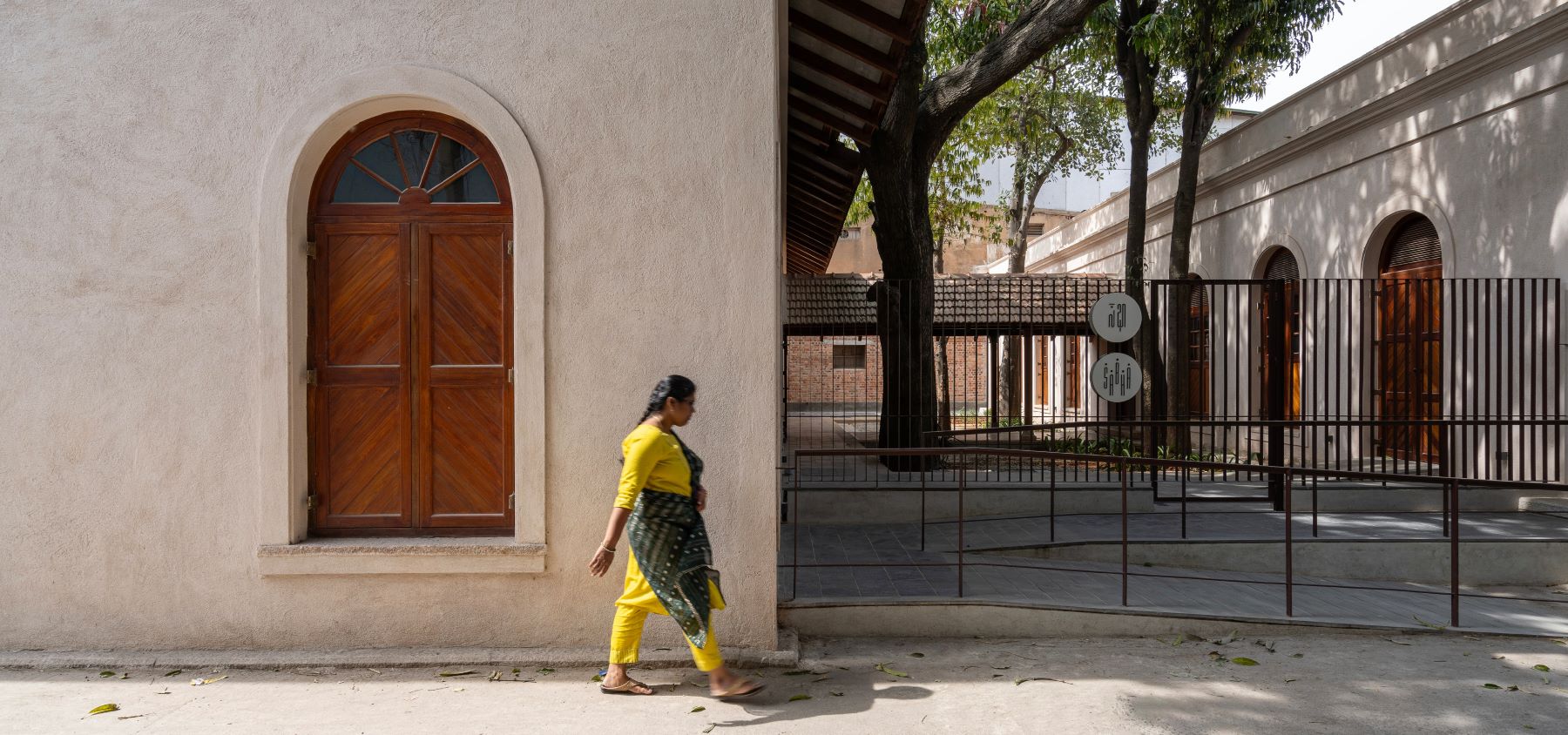

7 Responses
Father’s faith in children and the writer’s dedication and relationship to his father brought tears to my eyes.
As a wannabe educator I reflect upon Mr. Taj’s approach. Will look up more about the author.
Thank you.
This indeed is an extremely moving account of a culture which is unparalleled in humanity. It is extremely moving to read the way humanity is expressed irrespective of relationships. It is difficult to distinguish who is the ultimate beneficiary as the culture and ethos are the winners! Such roots certainly enrich humanity and that is what the Don is doing! Passing on what he has received from his divine spirits! Adaab!
What a beautiful essay! As a young architect, who enjoys talking about architecture and design to friends and family, it is so wonderful to read about other designers’ stories and their value systems. Inspiring!
Wonderful heart warming essay. As your student at Sir JJ and then a student of IIMA it connected with me at several levels. God bless you Sir!
Masud,that was so moving.I have always admired Taj mamoon, he always praised my attempts at art and guided me.His support and guidance and your subsequent life are equally interesting !
Lovely to see how life unfolded beautifully. Unfortunate that you are not around here (in India) to propagate this learning. Physical presence at times is necessary. However, I am grateful to learn a new value that will be cherished.
My words will all sound hollow and shallow compared to what I’ve read above. Thank you Taj ji – for your capacity to express that which may appear magical – but which may be on further search feelings that we have all experienced in some form or the other. I just chanced upon this segment – and now I am smitten.
I worked in Lintas 1972-1976 and had the good fortune to know the giants then. What you shared will remain with me for a long time. Thank you and blessings.